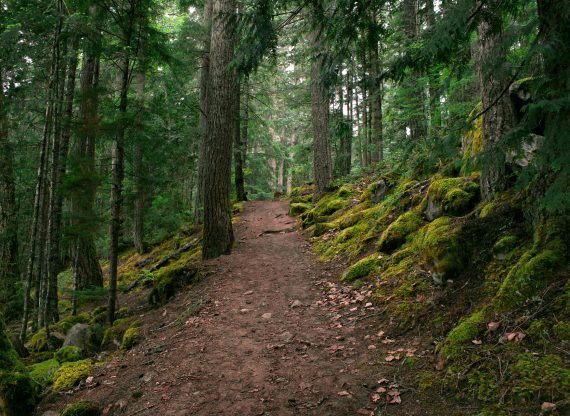Shortfall in Quebec’s forest harvest is costly to all

For many years, the forestry industry in Quebec has been targeted by certain political groups and militant NGOs that incorrectly accuse it of aggressive deforestation of the province. Currently, COVID-19 and U.S. protectionist measures are providing additional challenges to the industry.
At the same time, the Quebec economy is losing millions of dollars each year because the entire allowable cut is not being harvested from public forests. Between 2013 and 2018, this has meant that Quebec has deprived itself of $455 million a year in taxes, and $330 million a year in economic benefits.
The provincial government should work hand in hand with the industry to eliminate the obstacles that keep it from increasing the forest harvest.
More than ever, the economic recovery of our rural regions depends on the forestry sector. And it is entirely possible to increase the forest harvest all while protecting the environment, to the great benefit of rural regions and of all Quebecers.
Every five years, the Quebec government establishes the allowable cut. This is the maximum volume of wood that can be harvested annually without diminishing the productive capacity of the forests. In other words, it is the “interest” that the forests pay out each year as they regenerate themselves.
Over the past 10 years, we have harvested on average just 72 per cent of the annual allowable cut available in Quebec’s public forests. In comparison, British Columbia and New Brunswick respectively harvest 96 per cent and 90 per cent of the allowable cut.
Let’s look at the numbers: Each year, less than one per cent of Quebec’s forests are harvested. Furthermore, the forests regenerate themselves, both spontaneously and thanks to replanting, faster than we harvest them.
Harvesting more wood does not necessarily entail an increase in emissions. On the contrary, research carried out last year by a forests and climate change working group and funded by the Quebec government demonstrated, among other things, that harvesting more wood could help reduce greenhouse gas (GHG) emissions, as wood products are a lower-carbon option than concrete and steel in the construction industry, and also carbon remains trapped in lumber for many years while the forest regenerates, providing additional capture of carbon.
It is therefore not only wrong to say that Quebec forests are threatened and that their area is shrinking year after year; it is also an error to automatically associate the harvesting of lumber with increased GHG emissions in the province.
In its 2019-2023 Strategic Plan, the government highlights the importance of increasing the allowable cut and the wood harvest. This corresponds to our own conclusions, and leads us to make three recommendations:
The minimum price set by the Bureau de mise en marché must be reviewed and lowered in regions where the wood for sale does not find a buyer. Currently, the market value of the wood often is lower than the minimum price imposed.
The provincial government, the regions and private forestry companies should collaborate in order to establish a more effective public forest management plan for areas where no development activities are currently taking place, in order to increase the productivity of our forests.
It is imperative for the Quebec government to limit the obstacles and costs imposed on forestry companies, for the purpose of achieving a harvest threshold of about 95 per cent of the allowable cut.
The pandemic has had serious consequences for the economies of our rural regions. Concrete measures allowing the private sector to stimulate investment and contribute to the return of economic growth must be a priority. It is in the interest not only of rural Quebec families, but also of all Quebecers, to be able to count on a strong and prosperous forestry sector. It’s time to increase the forestry harvest and stop losing hundreds of millions of dollars every year.
Miguel Ouellette est directeur des opérations et économiste à l’IEDM et l’auteur de « Forêts québécoises : des centaines de millions perdus dans nos régions chaque année ». Il signe ce texte à titre personnel.

